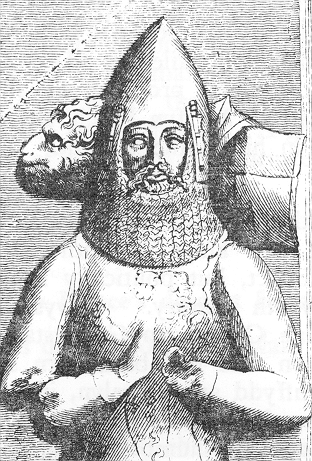
Rhys ap Gruffydd or ap Gruffudd was the ruler of the kingdom of Deheubarth in south Wales from 1155 to 1197. Today, he is commonly known as The Lord Rhys, in Welsh Yr Arglwydd Rhys, although this title may have not been used in his lifetime. He usually used the title "Proprietary Prince of Deheubarth" or "Prince of South Wales", but two documents have been discovered in which he uses the title "Prince of Wales" or "Prince of the Welsh". Rhys was one of the most successful and powerful Welsh princes, and, after the death of Owain Gwynedd of Gwynedd in 1170, the dominant power in Wales.

Llywelyn ap Gruffudd, Llywelyn II, also known as Llywelyn the Last, was King of Gwynedd, and later was recognised as the prince of Wales from 1258 until his death at Cilmeri in 1282. Llywelyn was the son of Gruffudd ap Llywelyn ap Iorwerth and grandson of Llywelyn ab Iorwerth, and he was one of the last native and independent princes of Wales before its conquest by Edward I of England and English rule in Wales that followed, until Owain Glyndŵr held the title during the Welsh Revolt of 1400–1415.

Llywelyn ab Iorwerth, also known as Llywelyn the Great, was a medieval Welsh ruler. He succeeded his uncle, Dafydd ab Owain Gwynedd, as King of Gwynedd in 1195. By a combination of war and diplomacy, he dominated Wales for 45 years.
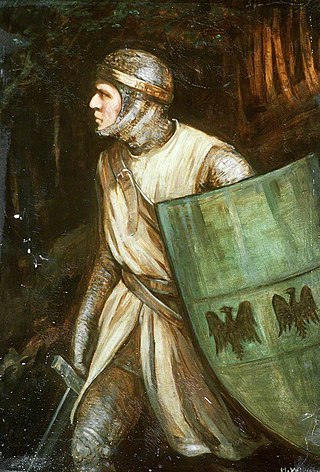
Owain ap Gruffudd was King of Gwynedd, North Wales, from 1137 until his death in 1170, succeeding his father Gruffudd ap Cynan. He was called Owain the Great and the first to be styled "Prince of Wales" and the "Prince of the Welsh". He is considered to be the most successful of all the North Welsh princes prior to his grandson, Llywelyn ab Iorwerth. He became known as Owain Gwynedd to distinguish him from the contemporary king of Powys Wenwynwyn, Owain ap Gruffydd ap Maredudd, who became known as Owain Cyfeiliog.
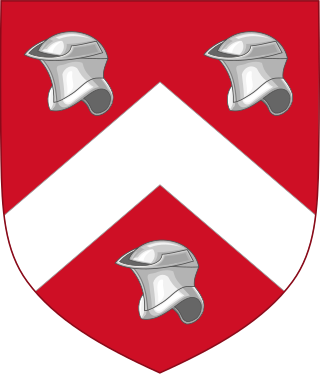
Sir Owen Tudor was a Welsh courtier and the second husband of Queen Catherine of Valois (1401–1437), widow of King Henry V of England. He was the grandfather of Henry VII, founder of the Tudor dynasty.

Deheubarth was a regional name for the realms of south Wales, particularly as opposed to Gwynedd. It is now used as a shorthand for the various realms united under the House of Dinefwr, but that Deheubarth itself was not considered a proper kingdom on the model of Gwynedd, Powys, or Dyfed is shown by its rendering in Latin as dextralis pars or as Britonnes dexterales and not as a named land. In the oldest British writers, Deheubarth was used for all of modern Wales to distinguish it from Hen Ogledd, the northern lands whence Cunedda originated.

The Kingdom of Powys was a Welsh successor state, petty kingdom and principality that emerged during the Middle Ages following the end of Roman rule in Britain. It very roughly covered the northern two-thirds of the modern county of Powys and part of today's English West Midlands. More precisely, and based on the Romano-British tribal lands of the Ordovices in the west and the Cornovii in the east, its boundaries originally extended from the Cambrian Mountains in the west to include the modern West Midlands region of England in the east. The fertile river valleys of the Severn and Tern are found here, and this region is referred to in later Welsh literature as "the Paradise of Powys".
Maelgwn ap Rhys was prince of part of the kingdom of Deheubarth in south west Wales.

Maredudd ab Owain was a king of Gwynedd. A member of the House of Dinefwr, his patrimony was the kingdom of Deheubarth comprising the southern realms of Dyfed, Ceredigion, and Brycheiniog. Upon the death of his father King Owain ap Hywel Dda around 988, he also inherited the kingdoms of Gwynedd and Powys, which he had conquered for his father. He was counted among the Kings of the Britons by the Chronicle of the Princes.
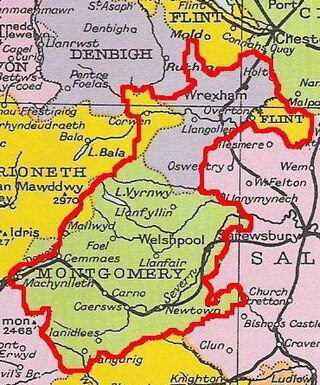
Madog ap Maredudd was the last prince of the entire Kingdom of Powys, Wales. He held for a time, the FitzAlan Lordship of Oswestry, family of the Earls of Arundel, of Arundel Castle. His daughter married Lord Rhys, prince of Wales.
Maredudd ab Owain ab Edwin was a prince of the kingdom of Deheubarth in south west Wales.
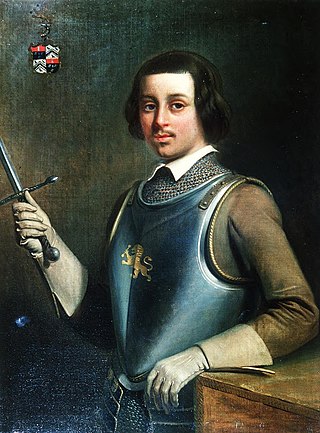
Rhys Gryg, real name Rhys ap Rhys, also known as Rhys Fychan, was a Welsh prince who ruled part of the Kingdom of Deheubarth.

The Royal House of Dinefwr was a cadet branch of the Royal House of Gwynedd, founded by King Cadell ap Rhodri, son of Rhodri the Great. Their ancestor, Cunedda Wledig, born in late Roman Britain, was a Sub-Roman warlord who founded the Kingdom of Gwynedd during the 5th century, following the Anglo-Saxon settlement of Britain. As Celtic Britons, the House of Dinefwr was ruling before the Norman conquest, having to fight with their neighbors such as the Celtics, Anglo-Saxons and Vikings, before struggling with the Normans afterwards. Many members of this family were influential in Welsh history, such as Hywel Dda, who codified Welsh law under his rule, and achieved the important title of King of the Britons, or Lord Rhys, Prince of Wales, who rebelled against Richard the Lionheart, and became one of the most powerful Welsh leaders of the Middle Ages.
This article is about the particular significance of the century 1201–1300 to Wales and its people.
This article is about the particular significance of the century 1101–1200 to Wales and its people.

The history of Gwynedd in the High Middle Ages is a period in the History of Wales spanning the 11th through the 13th centuries. Gwynedd, located in the north of Wales, eventually became the most dominant of Welsh polities during this period. Contact with continental courts allowed for Gwynedd to transition from a petty kingdom into an increasingly sophisticated principality of seasoned courtiers capable of high level deplomacy and representation; not only with the Angevine kings, but also the king of France and the Papal See. Distinctive achievements in Gwynedd include further development of Medieval Welsh literature, particularly poets known as the Beirdd y Tywysogion associated with the court of Gwynedd; the reformation of bardic schools; and the continued development of Cyfraith Hywel. All three of these further contributed to the development of a Welsh national identity in the face of Anglo-Norman encroachment of Wales.
Maredudd ap Tudur was a Welsh soldier and nobleman from the Tudor family of Penmynydd. He was the youngest of six sons of Tudur ap Goronwy and was the father of Owen Tudor. Maredudd supported his cousin the Welsh patriot Owain Glyndŵr in 1400, alongside his brothers Rhys ap Tudur and Gwilym ap Tudur.
Goronwy ab Ednyfed was seneschal to Llywelyn ap Gruffudd, king of Gwynedd. Goronwy was the founder of the Tudor family of Penmynydd.










